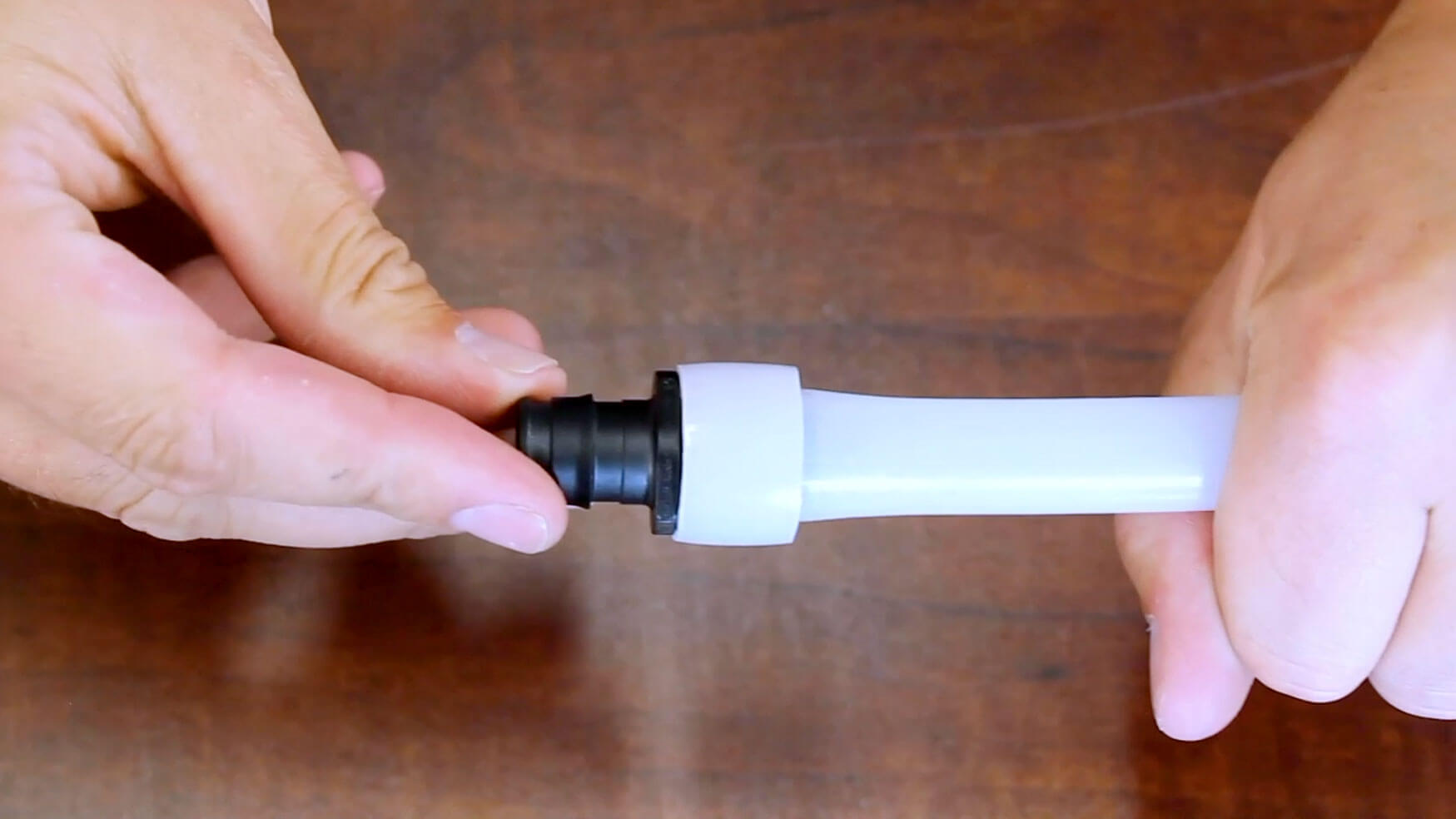Comparing PEX A and PEX B: A Comprehensive Overview

PEX A and PEX B are two types of piping materials that are commonly used in plumbing and heating systems. They are both cost-effective, efficient, and durable options, but there are some important differences between the two that should be considered when selecting a piping material for a particular project. This article will provide a comprehensive overview of the differences between PEX A and PEX B, including their materials, installation methods, and performance characteristics.
Overview of PEX A and PEX B
PEX A and PEX B are both types of cross-linked polyethylene (PEX) piping. PEX is a type of plastic piping that is widely used in plumbing and heating applications. It is cost-effective, easy to install, and resistant to corrosion and chemical degradation. PEX A and PEX B are both popular choices for plumbing and heating applications and have many similar characteristics.
Differences in Materials
The primary difference between PEX A and PEX B is the materials used in their manufacturing process. PEX A is made using the peroxide method, which involves using a peroxide-based catalyst to create cross-linking between the polyethylene molecules. PEX B, on the other hand, is made using the silane method, which involves using a silane-based catalyst to create cross-linking between the polyethylene molecules. The materials used in the manufacturing process affect the performance characteristics of the piping material, as discussed in the next section.
Differences in Installation Methods
The installation methods for PEX A and PEX B also differ. PEX A is designed for use with stainless steel clamping rings and the crimp method, which involves the use of a special tool to crimp the stainless steel rings around the pipe. PEX B, on the other hand, is designed for use with copper or plastic crimp rings and the cinch method, which involves the use of a special tool to cinch the crimp rings around the pipe.
Differences in Performance Characteristics
The performance characteristics of PEX A and PEX B also differ. PEX A is more flexible than PEX B, which makes it easier to work with during installation. It also has a higher burst strength and maximum operating temperature, which makes it a better choice for applications with high pressure and/or high temperatures. PEX B, on the other hand, is less flexible than PEX A, but it has a lower coefficient of expansion, which makes it a better choice for applications where thermal expansion is a concern.
Conclusion
PEX A and PEX B are both popular choices for plumbing and heating applications. While they have many similar characteristics, there are some important differences between the two that should be considered when selecting a piping material for a particular project. The materials used in the manufacturing process, installation methods, and performance characteristics of PEX A and PEX B all differ, and these differences should be taken into account when deciding which type of piping material is best for a given application.






